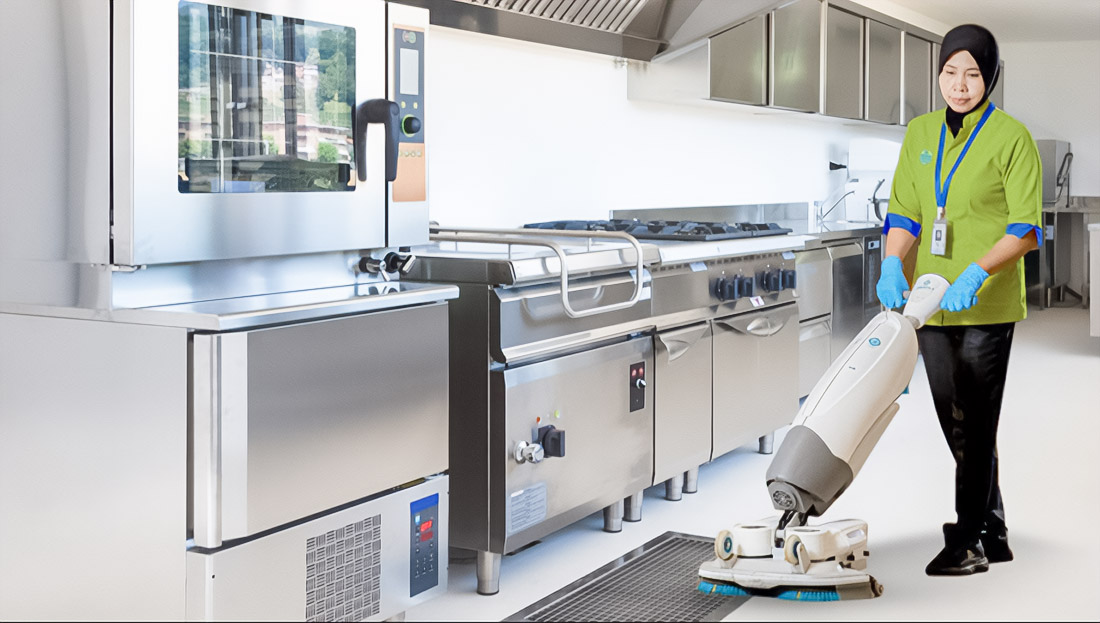In the 21st century, when natural resources become more limited and ecological norms tighten, the recuperation of water in industrial apparatuses with high pressure acquires colossal significance. According to data from the World Organization of Health, about 2.1 billion people suffer from a lack of access to safe, fresh water. In conditions of climate change and rapid population growth, the industry faces the necessity of implementing advanced technologies capable of minimizing the impact on the surrounding environment and increasing economic sustainability production assets. Learn more about industrial steam cleaning machines and their role in modern industrial processes.
Innovative Technologies Recuperation Water

Numerous technologies exist that can be applied to recuperate water in conditions of high pressure. Consider in detail:
- Membrane technologies:
Membrane technologies, such as reverse osmosis and nanofiltration, play a key role in industry water purification. These solutions allow for the achievement of incredible purity, separating water from contaminating particles. Advantages include low energy consumption — usually 0.5-1.5 kW/hour for one cubic meter of water — and the possibility of multiple-use resources, which in turn can reduce expenses by 20-40% on water supply enterprises, as shown in reports for the 2022 year. More about these technologies can learn on page EPA about research in area water purification.
- Thermal recuperation:
This methodology is based on processes of evaporation and condensation. Although it requires significant energy expenses — order 60-80 kW/hour for one cubic meter — the result is practically distilled water. This solution is effective for wastewater with high concentrations of contaminating substances. For example, it was noticed that some factories in the year 2023 reduced pollution surrounding the environment by more than 50%.
- Adsorption technologies:
These systems apply materials, such as activated carbon, to absorb contaminating substances. They are especially effective in the chemical industry for the removal of organic compounds and heavy metals. For example, recent research showed that adsorption systems can reduce the content of lead and mercury by 90-95%.
- Electrodialysis:
Using electrical current is effective for splitting ions in water. For example, one enterprise in Northern Europe showed that electrodialysis is capable of reducing salinity water to a level of more than 99%. This ensured a substantial reduction in expenses on purification and compliance standards quality water.
Environmental Benefits Recuperation Water

Recuperation of water in such industrial apparatuses exerts a significant positive impact on ecology. In the first place, this leads to a reduction in the use of fresh water. Thanks to this, enterprises reduce volumes of water from natural sources by 30-50%, which is extremely important for regions where the deficit of available water is acutely noticeable.
Additionally, thanks to these technologies, the number of emissions from contaminated substances decreases. Application methods of recuperation allow reduced volumes of wastewater, help protect ecosystems, and prevent degradation of the environment’s habitat. For example, research shows that pollution in some rivers decreased by 40% due to the implementation of these processes. For more detailed information about the impact on the surrounding environment, familiarize yourself with research on-water pollution.
Economic Benefits From Implementation Systems Recuperation Water

Economic benefits from the implementation of systems of recuperation water are obvious. At first, this leads to a substantial reduction in expenses on the purchase and transportation of water, which can vary from 20% to 60%, depending on geographic location and availability of resources.
Second, the reduced volume of wastewater allows for a reduction in the expenses of their purification and disposal to 30-50%. This not only saves on service expenses but also reduces the possibility of receiving fines for exceeding permissible norms for pollution, which, according to assessment experts in the 2022 year, can save companies millions of dollars.
Practical Examples Successful Cases
- Metallurgical company in Western Europe implemented system membrane filtration, reduced consumption of fresh water by 40%, and reduced expenses on water supply by 30%. This allowed us to save almost 2 million euros in a year.
- An Asian chemical plant implemented a system of thermal recuperation, which allowed reduce the consumption of water by 50%. This also allowed the use of purified distilled water in technological processes, saving up to 1.5 million dollars on purchases of water in a year.
- Several industrial enterprises that implemented systems of electrodialysis reported a substantial reduction in consumption of water and reduction in expenses — up to 35% savings on purification water in regions with critical deficit resources.
Future Recuperation Water: Prospects and Potential
Recuperation of water in industrial apparatuses is high pressure — this is more than just reducing expenses and increasing the efficiency of production. This is a key step to sustainable development. In conditions of global ecological challenges and economic instability, innovations in area water conservation remain extremely relevant. Development and implementation systems recuperation water — investment in ecologically stable future. This will allow industrial companies to remain competitive, comply with international ecological standards, and, in the end, preserve our planet for future generations.
Hello! My name is Jakub Novák, and I am a traveler from the Czech Republic. Since childhood, I dreamed of exploring new countries, and the UAE became one of the most exciting chapters of my journey. Giant skyscrapers, colorful markets, luxurious resorts, and endless deserts – all this makes traveling through the Emirates unforgettable.
In my blog, I share impressions, useful life hacks, the best routes, and tips for those who want to discover the UAE in a new way.

